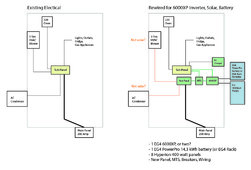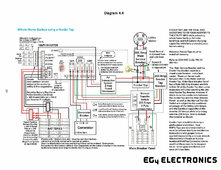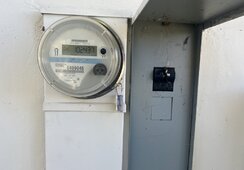bfaubion
New Member
Hi all.. I originally posted this in a different forum, maybe it was the wrong one (couldn't figure out how to delete that post) anyways, I've been digging around, looking at what it takes to setup a solar/battery system in my home. I'm In northeast San Diego county, on a 200 amp main panel breaker. It all started with one of those PPA Sunrun guys and their sales pitch...you know the ones! I thought, how in the world is a solar system on this home going to be worth over 40k?! I did get a few quotes from other local installers, anywhere from mid upper 20K (Tesla) to mid 30K. Anyways, I've just been trying to inform myself and see what it's going to take if I don't go through an installer and work with an electrician instead, while doing some of the work myself.
Incentives include 30% federal, California SGIP $0.15 per watt on battery, and the Rewiring America 50% of electrical rewiring and panel work. After those incentives, I've got the tally of the solar panels, inverter (1 6000xp), and battery(EG4 PowerPro), down to about $3,000. That doesn't include the other misc. parts, and of course the cost of help with an electrician. FYI, I can dig and fill the posts for the ground-mount panel brackets, and then run the pvc for the solar panel wiring myself. I'm just not going to mess with severing my main service line near the sub-panel to install the solar components. I wanted to get some advice from people here on the forums.. curious if this diagram makes sense, and what else I should be planning for. Or, if I need to totally reconsider what I'm doing here.

Incentives include 30% federal, California SGIP $0.15 per watt on battery, and the Rewiring America 50% of electrical rewiring and panel work. After those incentives, I've got the tally of the solar panels, inverter (1 6000xp), and battery(EG4 PowerPro), down to about $3,000. That doesn't include the other misc. parts, and of course the cost of help with an electrician. FYI, I can dig and fill the posts for the ground-mount panel brackets, and then run the pvc for the solar panel wiring myself. I'm just not going to mess with severing my main service line near the sub-panel to install the solar components. I wanted to get some advice from people here on the forums.. curious if this diagram makes sense, and what else I should be planning for. Or, if I need to totally reconsider what I'm doing here.

Last edited:






